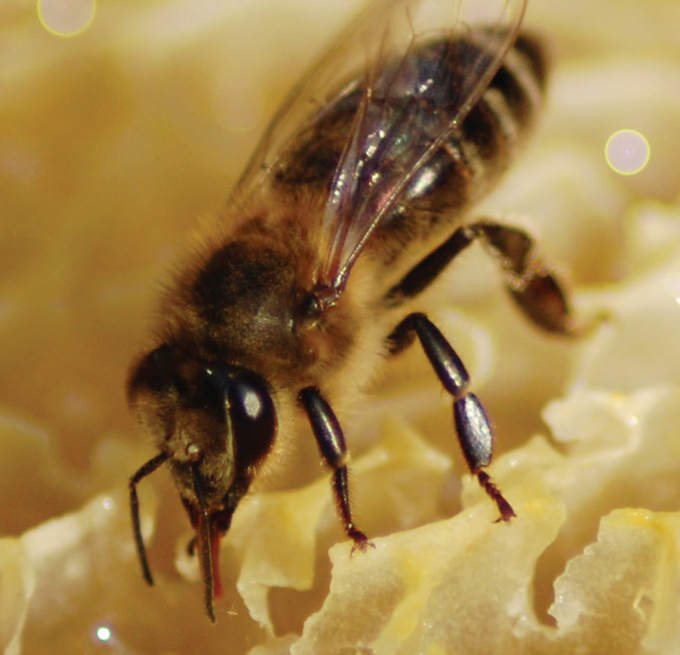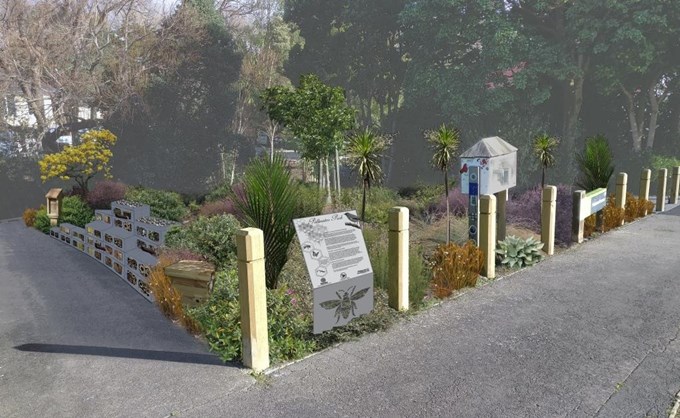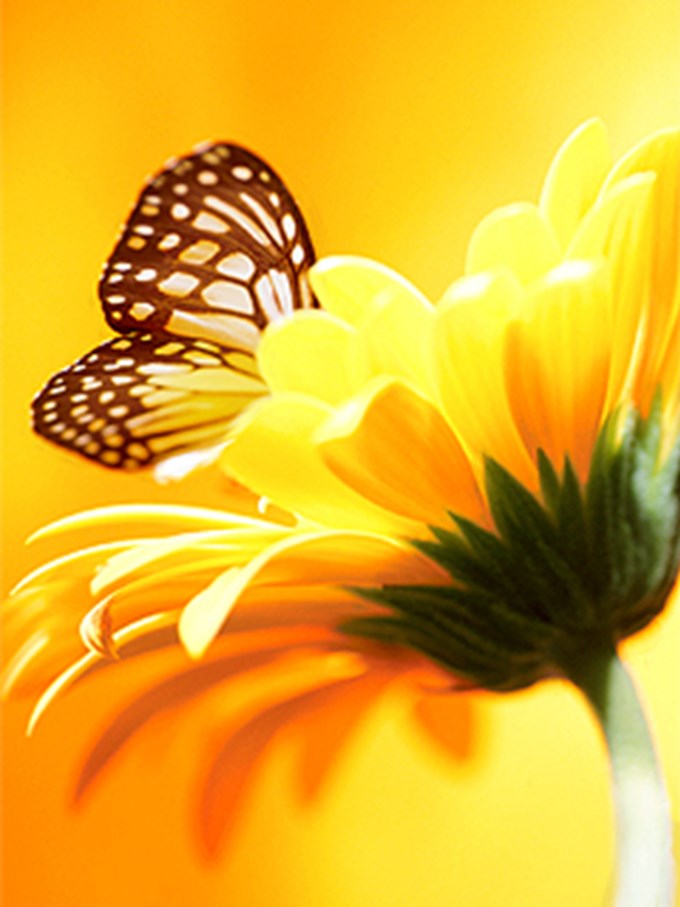We are lucky enough to live in one of the greenest countries in the world. What we need now is the right kind of green, the kind of green that feeds and shelters our birds, bees and lesser known pollinating animals.
Pollinator Parks, like the one in Hakanoa Reserve in Grey Lynn, transform public spaces into flourishing habitats for locals of all species to enjoy (even humans). Hakanoa Reserve contains carefully selected native and non-native foliage, chosen by the critters themselves. Bees often get all of the credit for being pollinating powerhouses, meaning that others get overlooked. Any animal with the ability to spread pollen from flower to flower is in fact a pollinator.
Residents of Hakanoa Reserve include bees, from regular honey bees to quirky leafcutter bees that cut and carry little pieces of leaf to make nests; birds; lizards and butterflies. Teams will be shown how to create special ‘apartments’ using masonry bricks.
Materials like sticks, stones, straw, moss, pine-cones, ceramic pipe, clay, sand, wood and cut bamboo may seem like junk to us, but they make for five star accommodation abodes in the pollinator world.




